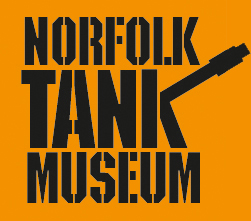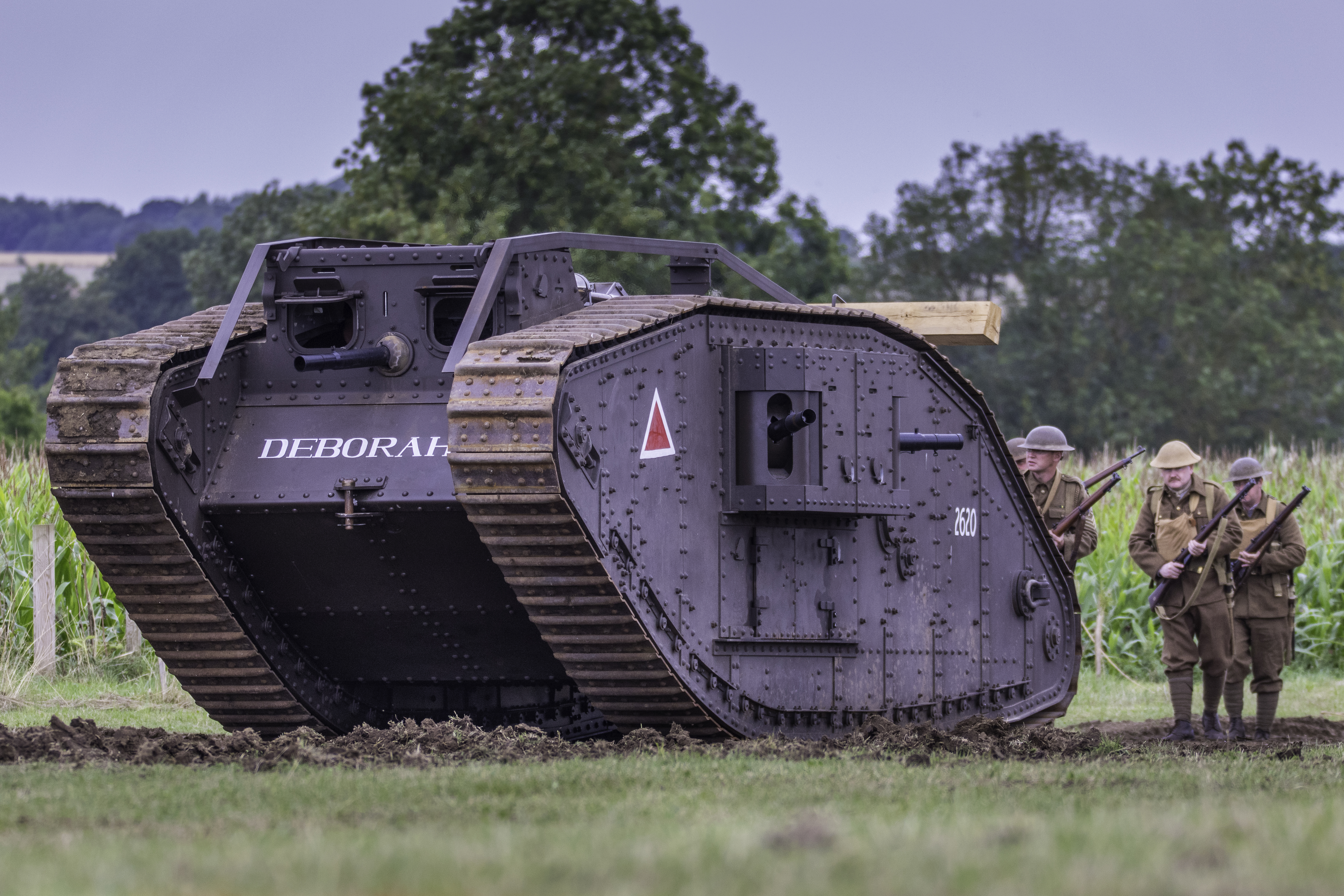LEE ENFIELD
The rifle Lee-Enfield .303″ was adopted on the 11th November 1895 it differed from the Lee-Metford mainly in the improved design of the rifling that suited the propellant change from “black powder” to “cordite”, a much faster burning powder that quickly wore away the Metford segmental Rifling, Enfield rifling has 5 grooves where as Metford rifling has 7 grooves and is much shallower. Adding a safety catch, an offset foresight to the left to compensate for bullet drift in the Southern Hemisphere at extreme ranges used in the Boer War and the omission of the grooved handguard formed on the Metford, the resulting Lee-Enfield rifle served well in service.
A note about the length of both the Metford and Enfield rifle; the infantry used the long rifle while the cavalry used the carbine that was 10 inches shorter. The carbine slid into a leather bucket carried as part of the mounted saddle equipment. The short carbine gave a very good account of itself during the Boer War, where it was often used with great effect at ranges well over a mile distant. The carbine generally had no provision for a bayonet while the long rifle carried the double sided 12 inch bladed model 1888.
The “Long” rifle Lee-Enfield shown here was still being issued during the Second War as the arm for the Home Guard, along with the Pattern 1914 in .303 the Pattern 1917 in .306” and the Canadian Ross straight pull rifle, again in .303”. Many “long” Lee-Enfield Rifles were later converted to Charger loading from 1907 onwards and widely used for training the British Army during the Great War. Many Territorial battalions took their “Long” rifles into the trenches in 1914/1915. Because of its accuracy, this rifle became a favourite for target shooters well into the 1970’s.












